 |
 |
 |
| |
Noninduced HIV-1 Proviruses in the Latent Reservoir May Contain Drug Resistance Mutations ......full slide presentation included
|
| |
| |
HIV in Resting CD4 Cells May Contain Antiretroviral Resistance Mutations.....full slide presentation included
ICAAC 2014. September 5-9, 2014. Washington, DC
Mark Mascolini
HIV hidden from antiretrovirals in resting memory CD4 cells may contain resistance mutations, according to an 8-patient analysis by Ya-Chi Ho and Robert Siliciano at Johns Hopkins [1]. The researchers detected major nucleoside mutations and minor protease inhibitor mutations, and the resistance patterns they found sometimes differed in induced virus and intact noninduced provirus--the kind not affected by latency-reversing agents.
HIV integrated into resting memory CD4 cells as transcriptionally silent provirus poses a tall barrier to curing HIV infection. Research shows that activating T cells with latency-reversing agents such as histone deacetylase inhibitors induces less than 1% of proviral HIV to release infectious virus. Many had considered noninduced proviruses defective--unable to touch off new rounds of viral replication if they do become activated. But in previous work Ho and Siliciano found that about 12% of noninduced provirus had traits suggesting this virus could be activated in infected people [2]. They proposed that "the size of the latent reservoir--and, hence, the barrier to cure--may be up to 60-fold greater than previously estimated" [2].
Exposing latent virus and killing it with antiretroviral therapy rests on another assumption--that the activated virus will be susceptible to the antiretrovirals a person takes. In a new study Ho and Siliciano aimed to determine whether virus sleeping in resting CD4s harbors mutations that may make it resistant to some antiretroviral regimens.
The study involved 8 antiretroviral-treated people with undetectable virus in plasma for more than 6 months. The Hopkins team cultured their resting CD4 cells and isolated clonal induced viruses and clonal noninduced proviruses. They defined noninduced as not activated in one round of replication in the lab, so in humans noninduced virus may later become active. Then Ho and Siliciano sequenced the pol region of these viruses for mutations associated with resistance to antiretrovirals. They analyzed full-length pol gene sequences from 7 induced proviruses, 25 intact noninduced proviruses, and 20 defective noninduced viruses.
One person had the M184V lamivudine/emtricitabine (3TC/FTC) mutation and four minor protease mutations in defective noninduced virus. This person was taking tenofovir/FTC and fosamprenavir/ritonavir. A second person (currently taking atazanavir/ritonavir) had the V77I minor protease mutation in induced virus, intact noninduced virus, and defective noninduced virus, plus the A71T minor protease mutation in induced and defective noninduced virus. Thus this person had a different resistance profile in induced virus and intact noninduced virus. And A71T is associated with resistance to atazanavir [3].
A third person (currently taking atazanavir/ritonavir) had the L63P minor protease mutation in induced virus, intact noninduced virus, and defective noninduced virus. This person also had the I64L minor protease mutation (associated with resistance to atazanavir [3]) in all three virus types analyzed. A fourth individual (currently taking 3TC, zidovudine, abacavir, and lopinavir/ritonavir) had M184V in intact noninduced virus and the M36I minor protease mutation in all three types of virus analyzed. Thus this person had a different resistance profile in induced virus and intact noninduced virus.
A fifth person who had never taken a protease inhibitor had four minor protease mutations in induced virus and three of the same protease mutations in defective noninduced virus. A sixth person, also naive to protease inhibitors, had four minor protease mutations in induced virus and defective noninduced virus.
Perhaps the most interesting patient had five nucleoside mutations including two zidovudine resistance mutations plus M184V in intact noninduced virus and defective noninduced virus. This person was taking a four-drug regimen that included zidovudine, lamivudine, the protease inhibitor atazanavir (boosted by ritonavir), and the nonnucleoside efavirenz. The patient had three minor protease mutations in all three virus types studied. Two of those mutations, M36I and I93L, are associated resistance to atazanavir [3]. Again, the resistance profile was different in induced virus and intact noninduced virus.
One person had no detectable resistance mutations in any of the virus types analyzed.
All told, 7 of 8 people had detectable resistance mutations in induced and noninduced virus, and 3 of 8 people had different resistance profiles in induced and noninduced virus.
"Noninduced proviruses in the latent reservoir may contain drug susceptibility profiles different from that of the induced viruses," the Hopkins team concluded. "Given the full potential to become reactivated, these drug-resistant intact noninduced proviruses may cause a drug-resistant viral rebound during the shock-and-kill strategy to cure HIV-1."
References
1. Ho YC, Siliciano RF. Noninduced HIV-1 proviruses in the latent reservoir may contain drug resistance mutations. ICAAC 2014. September 5-9, 2014. Washington, DC. Abstract H-646.
2. Ho YC, Shan L, Hosmane NN, et al Replication-competent noninduced proviruses in the latent reservoir increase barrier to HIV-1 cure. Cell. 2013;155:540-551. http://www.ncbi.nlm.nih.gov/pmc/articles/PMC3896327/
3. Wensing AM, Calvez V, Gunthard HF, et al. 2014 update of the drug resistance mutations in HIV-1. Top Antivir Med. 2014;22:642-650. www.iasusa.org/sites/default/files/tam/22-3-642.pdf
----------------------------------
Noninduced HIV-1 Proviruses in the Latent Reservoir May Contain Drug Resistance Mutations.....
"Noninduced proviruses in the latent reservoir may contain drug susceptibility profiles different from that of the induced viruses. Whether complete viral suppression can be maintained in the shock-and-kill strategy requires close monitoring."
Reported by Jules Levin
ICAAC 2014 Sept 5-9 Wash DC
Ya-Chi Ho, MD, PhD
Department of Medicine
Johns Hopkins University School of Medicine
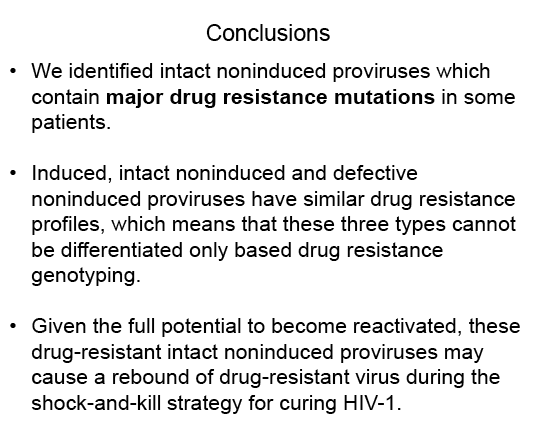
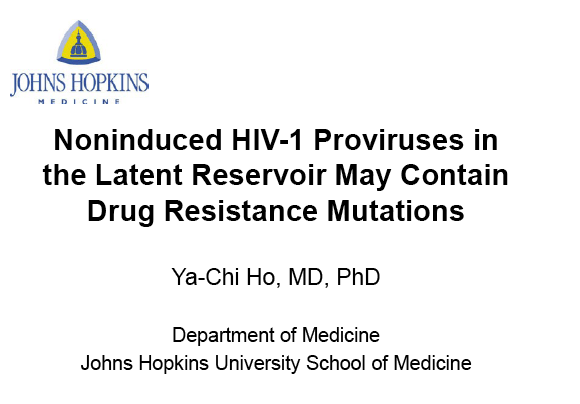
Program Abstract:
Y-C. Ho1, R. F. Siliciano1,2,2; 1Johns Hopkins Univ., Baltimore, MD, 2Howard Hughes Med. Inst., Baltimore, MD
Background: Human immunodeficiency virus-1 (HIV-1) persists in the latent reservoir, primarily resting memory CD4+ T cells, as integrated and transcriptionally silent proviruses, making HIV-1 cure impossible by antiretroviral therapy (ART) alone. We recently identified intact noninduced proviruses in the latent reservoir, which were not reactivated after maximum T cell activation in vitro but possess full potential to be reactivated and replicate in vivo, as an increased barrier to cure. The shock-and-kill strategy is one of the current methods to HIV-1 eradication, which involves reactivating latent HIV-1 using latency reversing agents, while new rounds of infection is blocked by concurrent ART. However, whether reactivated viruses can be fully suppressed by ART remains unclear.
Methods: 8 aviremic HIV-1 infected patients were enrolled in this study. To examine drug susceptibility profile of the latent HIV-1, resting CD4+ T cells were cultured in the limiting dilution viral outgrowth assay. Clonal induced viruses were isolated from the supernatant of end-dilution wells positive for viral outgrowth, while clonal noninduced proviruses were identified by limiting dilution PCR from cells of wells negative for viral outgrowth. The sequence of the pol region was subjected to drug susceptibility analysis by the HIVSeq program.
Results: Full-length pol gene from 7 induced viruses and 45 noninduced proviruses were analyzed. Drug resistance mutations were found in 3 out of 7 (3/7) patients, including 1/7 induced virus and 11/45 noninduced proviruses. In patient 20, 1/6 noninduced proviruses shows drug resistance, which might have been archived during prior treatment interruption. In patient 17, 1/1 induced virus and 9/15 noninduced proviruses are drug resistant. The induced virus contains drug susceptibility profile different from that of noninduced proviruses. Of note, patient 17 remained aviremic under zidovudine (AZT)-based regimen, despite that the induced virus has intermediate-level resistance to AZT while the noninduced proviruses have high-level resistance to AZT.
Conclusions: Noninduced proviruses in the latent reservoir may contain drug susceptibility profiles different from that of the induced viruses. Whether complete viral suppression can be maintained in the shock-and-kill strategy requires close monitoring.
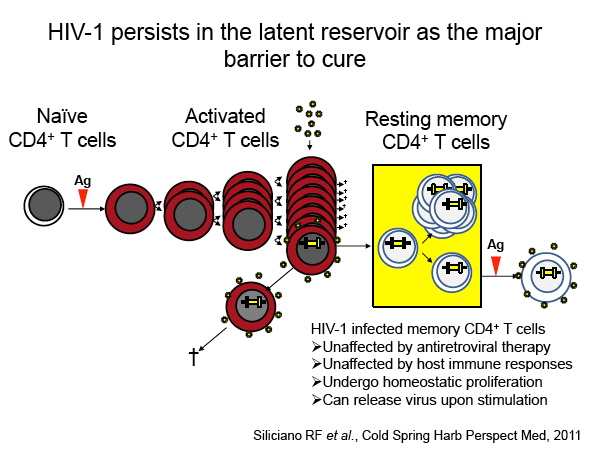
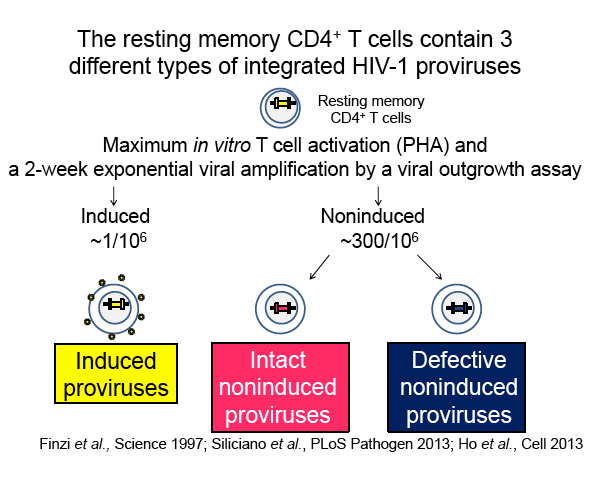
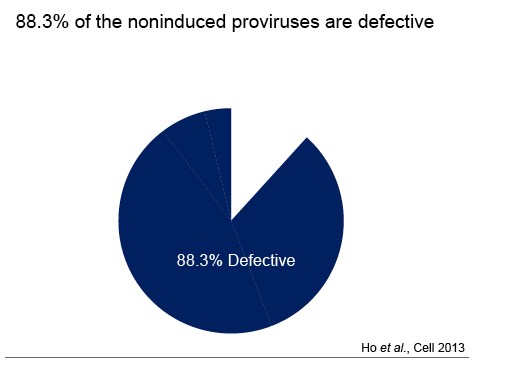
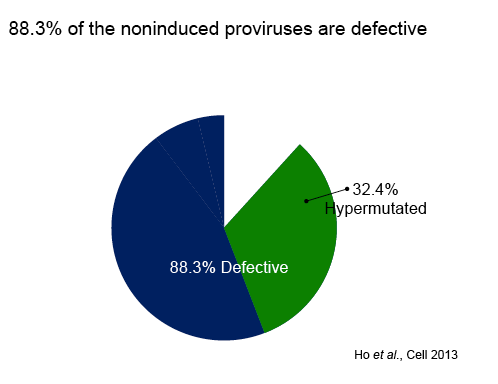
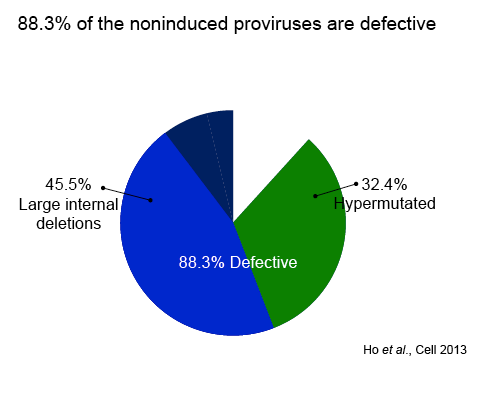
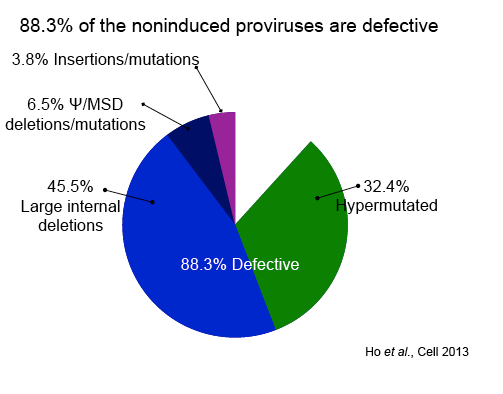
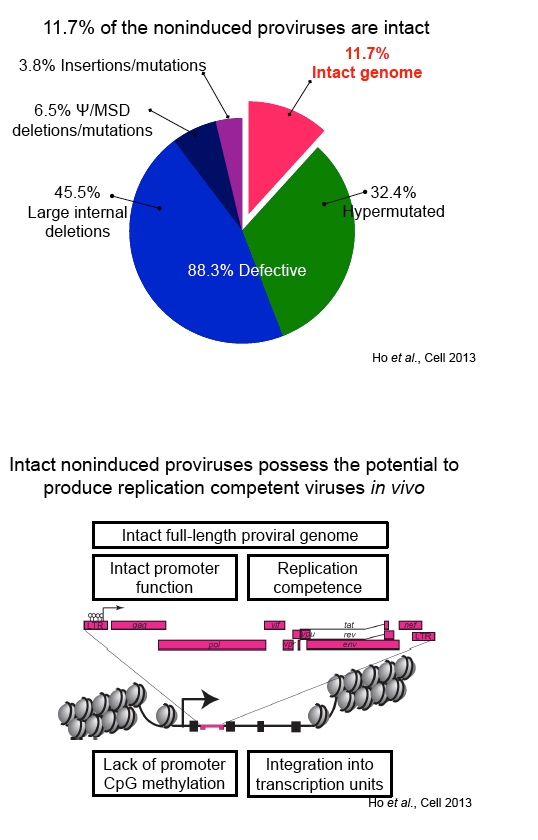
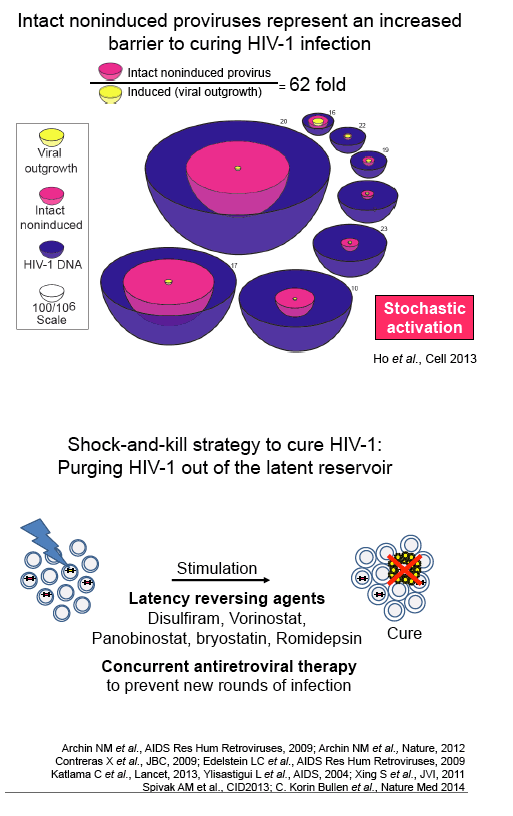
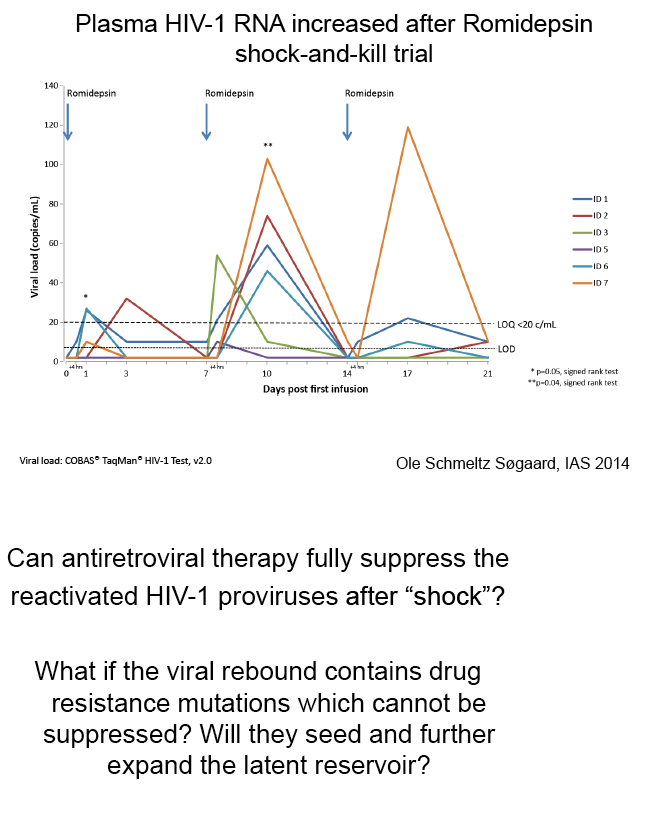
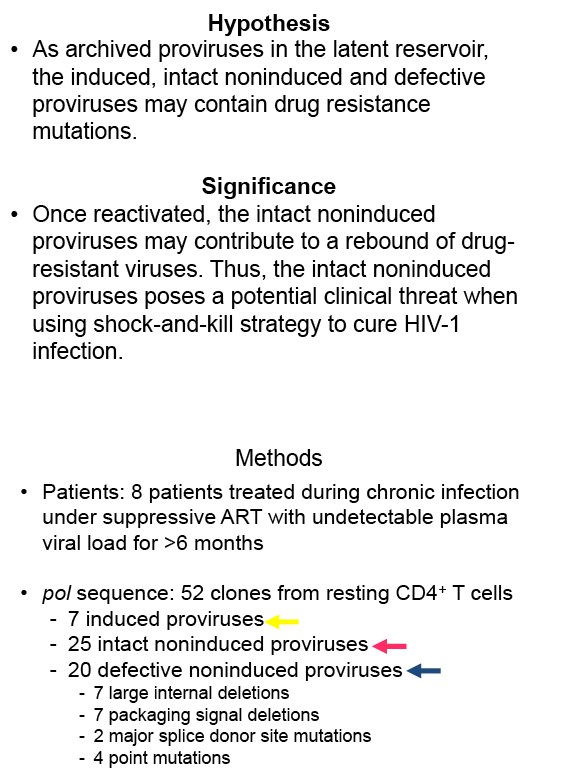
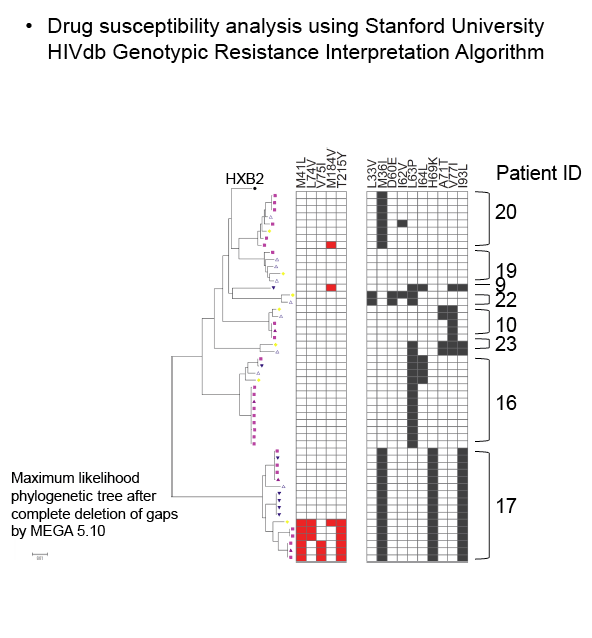
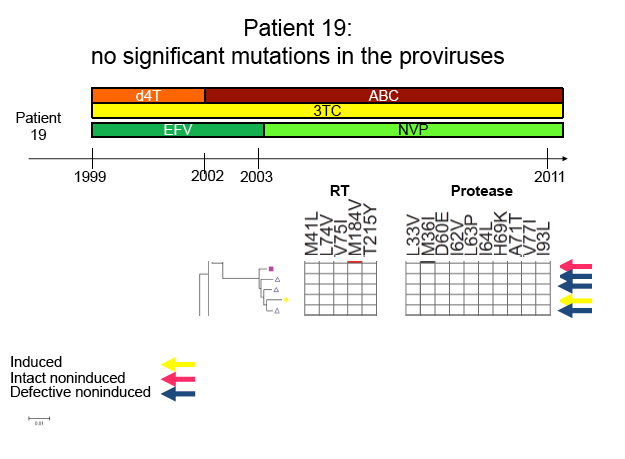
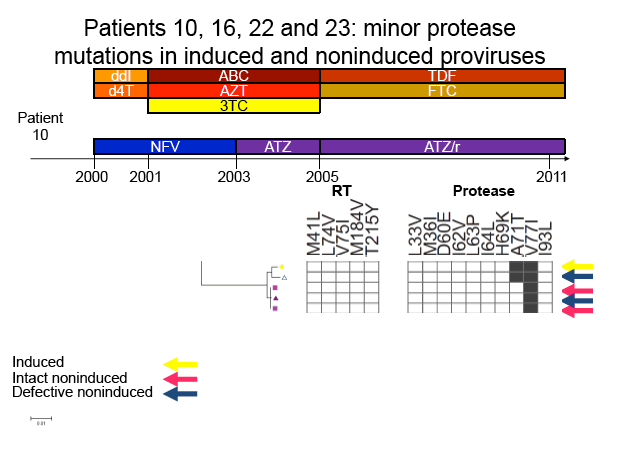
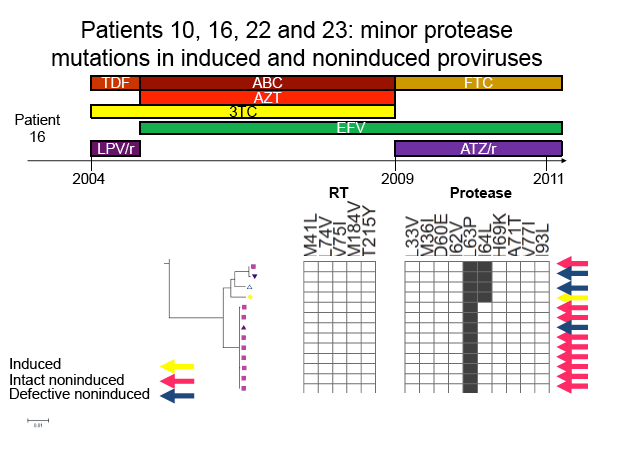
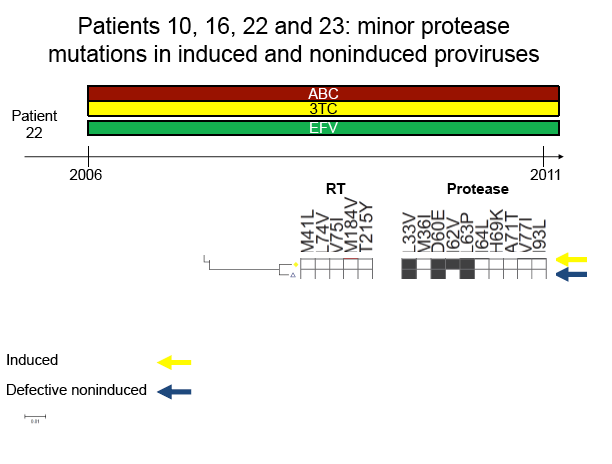
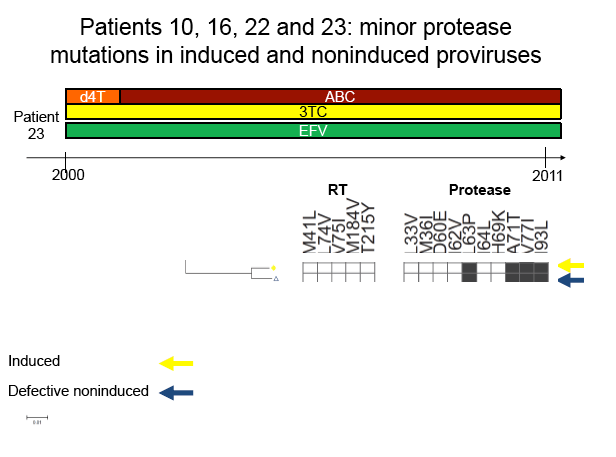
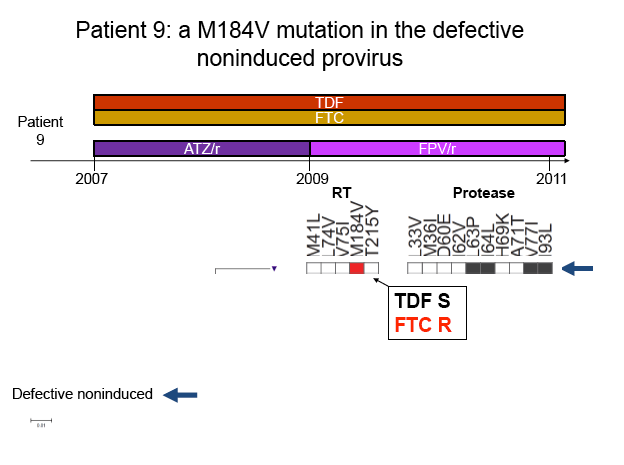
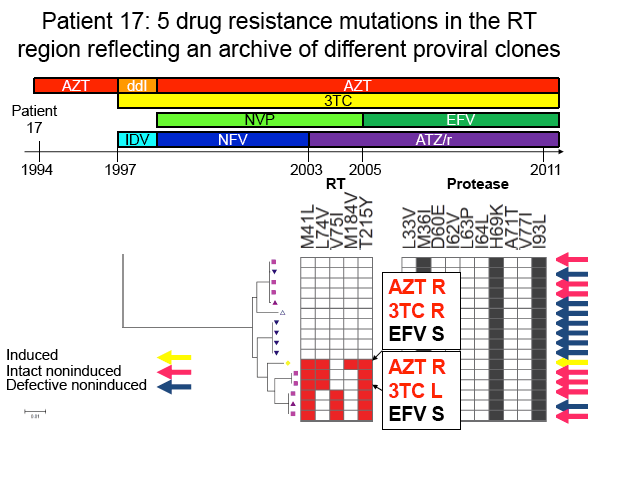
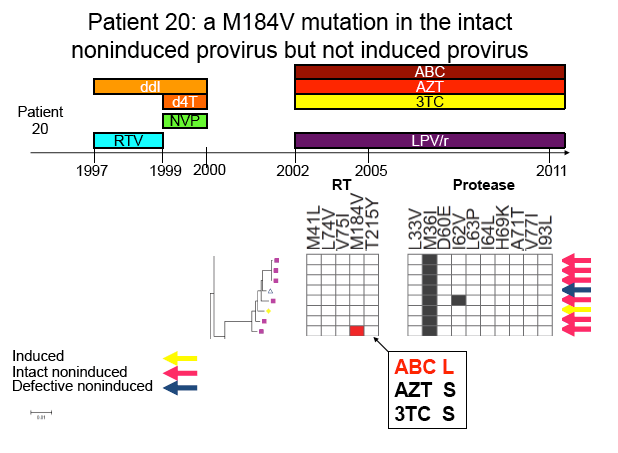
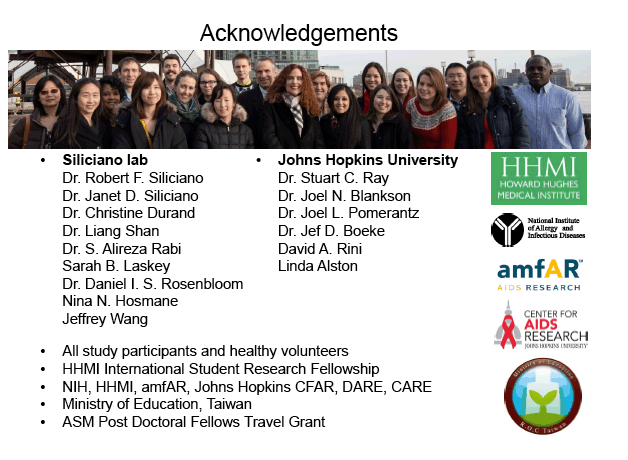
|
| |
|
 |
 |
|
|